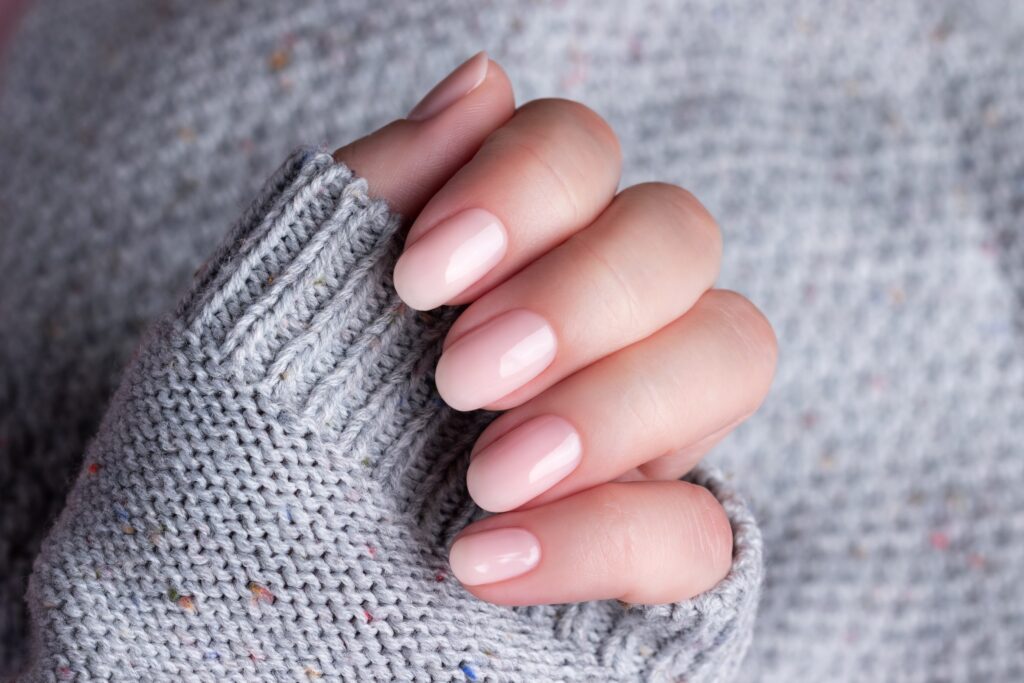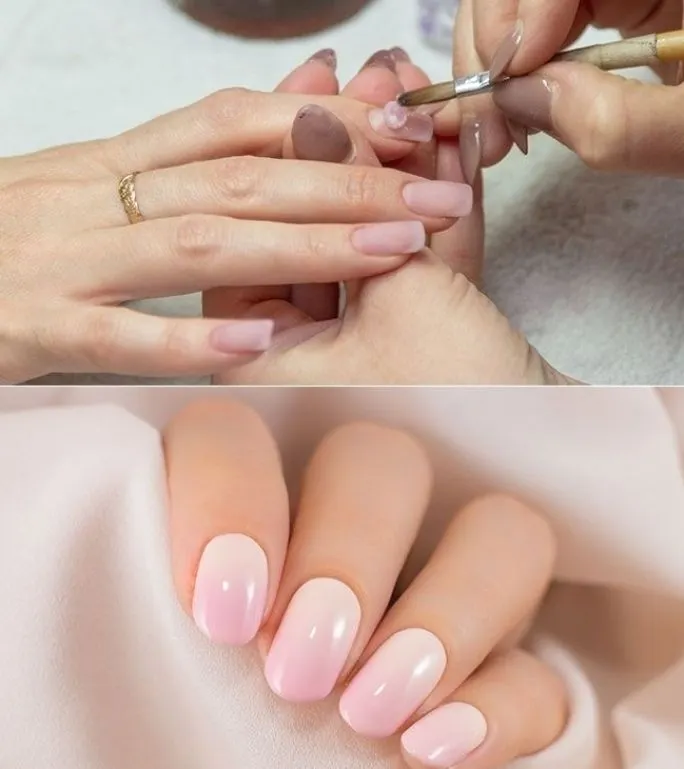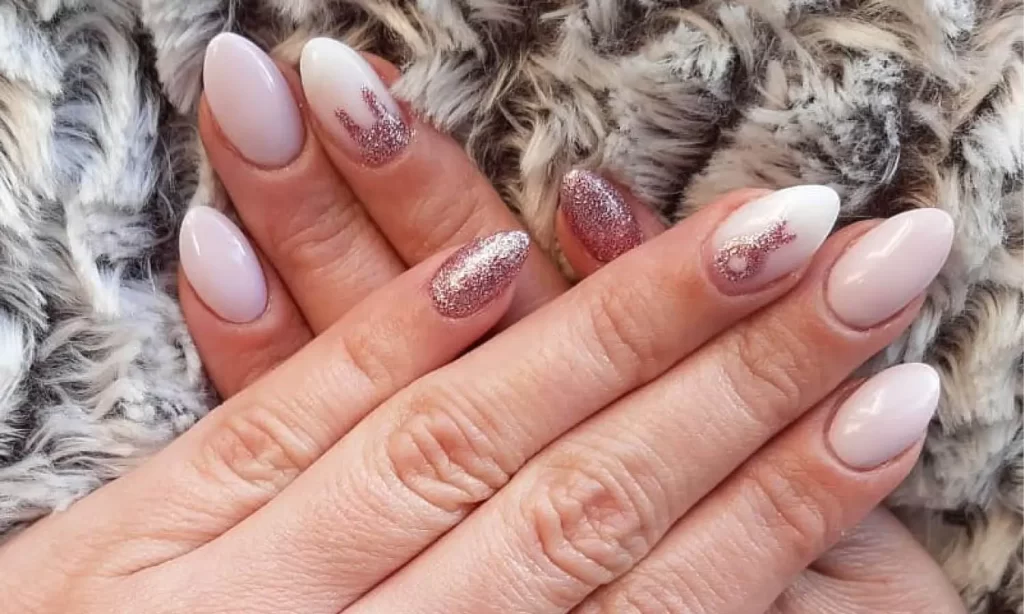Your dream beauty career starts here—30,000+ students and counting

CEO/Founder Of Bela Beauty College
Shellac nails are a hybrid of traditional polish and gel, offering a glossy finish with easier removal and less nail damage than pure gel. They differ from gel nails in application, durability, and removal process—making them ideal for those who want a natural-looking, long-lasting manicure without the commitment of full gel.

Shellac nails are a hybrid manicure combining regular nail polish with gel polish, giving you the best of both worlds—high gloss and a longer-lasting finish with minimal damage. Unlike full gel nails, shellac is thinner, more flexible, and easier to remove.
At Bela Beauty College, we often recommend shellac for those who want salon-quality nails that are kinder to their natural nail beds and don’t want to deal with thick overlays or extensive filing.
Shellac is a branded product by CND (Creative Nail Design) and is often misunderstood as a type of gel. It’s not pure gel—rather, it’s a hybrid polish that blends the flexibility of regular polish with the durability of gel
Shellac nails are thinner than gel, making them feel more natural and less prone to causing damage—especially when removed properly.

Shellac is only available through licensed salons using CND’s official products, while gel can be applied using various brands.
Shellac offers faster and safer removal, reducing damage to the natural nail.
Shellac is slightly more affordable, especially for routine upkeep.
If you have an active lifestyle, gel may last longer—but shellac is ideal for flexibility and health.
Requires UV light which can expose hands to UV rays (SPF gloves recommended)

The right choice depends on your needs:
Some worry about UV lamps and long-term damage—let’s break it down:
At Bela Beauty College, we always educate clients on nail safety and recommend treatments to maintain healthy nails between visits.
Yes, you can apply shellac at home—but it’s not as simple as swiping polish on and letting it dry.
What you need:
Pros of DIY:
Cons:
Unless you’re confident in your technique, it’s best to have your shellac done by a pro for safety and longevity.
Avoid misinformation by learning from reliable sources—like Bela Beauty College.

2025 is bringing some gorgeous designs to both shellac and gel:
Choose shellac for clean, minimal looks—opt for gel when you want dramatic or layered designs.
Shellac is an excellent choice if you want an easy-maintenance, natural-feeling manicure. But it’s not one-size-fits-all.
Suite 7
144-156 George Street,
Fitzroy Victoria,
Australia 3065
1212-1175 Douglas Street 7
Victoria,
Canada V8W 2E1
6 Clayton Street
Newmarket, Auckland
New Zealand 1023
5th Floor
60 Cheapside
London EC2V 6AXa